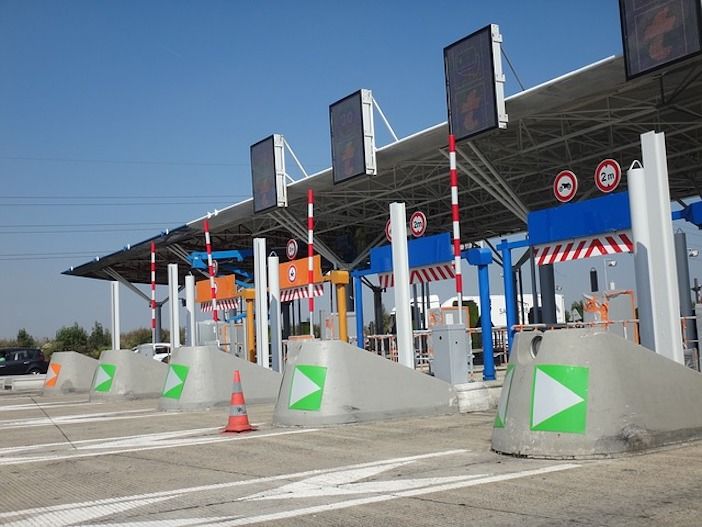Over the past year I have written several articles on how tolling customers have changed. People are, in general, more willing to accept user fees and are more concerned about speed and convenience than privacy. Technology has played a big part in this attitude change.
Tolling has gone from a stop-and-talk cash business, to a slow-down-and-pay drive-thru transaction, and finally to the ultimate solution: highway speed payments. As a result, the conversation about tolling the interstates has progressed from “no way that will ever happen” to a point where US political figures have softened and may be in a position to remove the ‘no interstate toll’ restriction. Of course, this would be a state and local issue, and actually paying an interstate toll would still be years away.
So what is next? Will the states that have existing tolling agencies have their DOTs call them up and ask them to add the interstates to their existing networks? Will neighboring DOTs call the closest toll agency for assistance? Will DOTs assume more responsibility for tolling? Will tolling and ITS experts be called in to plan the conversion? Who will write the legislation needed for tolling and enforcement? How about lane and back office systems? This could be foreign territory for agencies that have only been tasked with highway design and maintenance. Will highway designers understand the needs of specialty toll systems? Will adding interstates to the inventory lead to new players in the system-integration field, or to more consolidation?
One of the negatives of the evolution of all electronic tolling systems is the over simplification of what it takes to not only toll a highway but also to operate it as a toll road. Even if the systems for the highway (roadside) and customer service centers are both specified and installed correctly, how the business side works depends on the systems’ capabilities. More importantly, as tolling is a business, how do the rules, legislation, public relations, customer service, billing, collections and budget processes all get rolled up into one package that can be sold to the public? Even toll agencies tend to focus on the roadside when considering transponders and classification systems. The complexities of operating a customer service center while ensuring that the purpose of tolling is fulfilled (collection of revenue while satisfying consumer/political entities) is much more difficult and often overlooked.
If you look at similar industries, the early trend will be to bring these new projects under existing agencies. Where toll agencies and highway departments have good relationships, it will be an easy call. However, where this relationship doesn’t exist, is strained or there is an absence of a toll agency, the conversion of an interstate to tolling may be a simple civil project with some ITS components.
If we start seeing tolls on interstates in the next five to 10 years, we should not only seize the opportunity for revenue but also the ability to take our experts in ITS, operations, and tolling and civil design, and build a ‘new interstate system’ that the next generation of highway users will benefit from and want to use.





